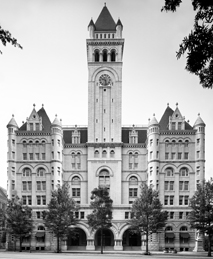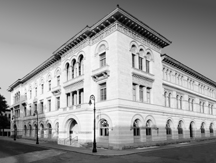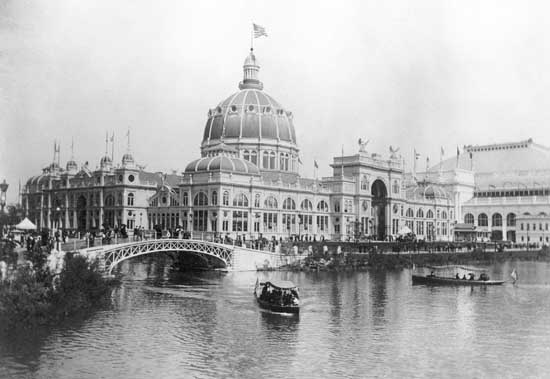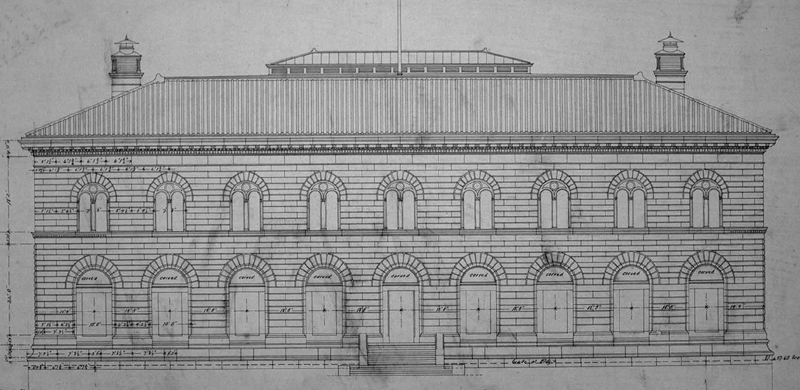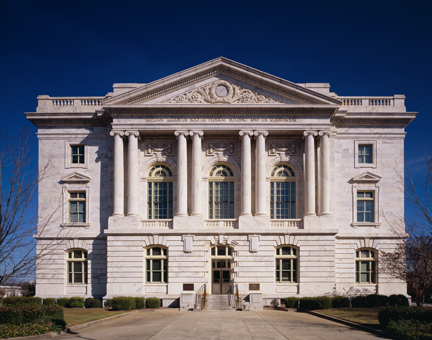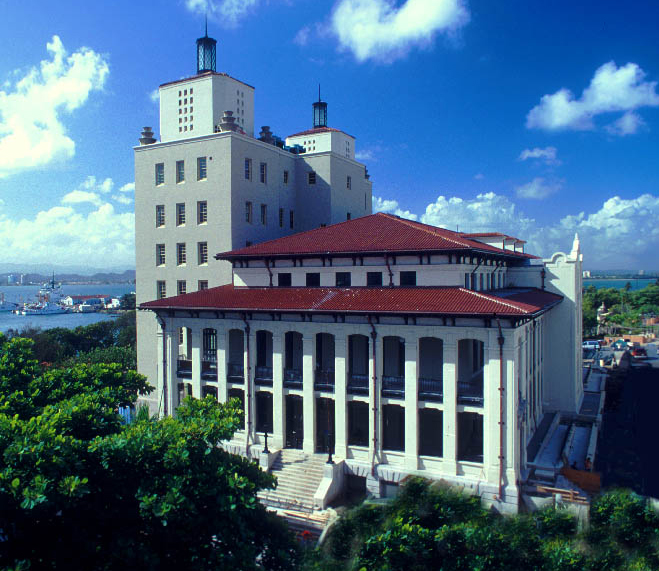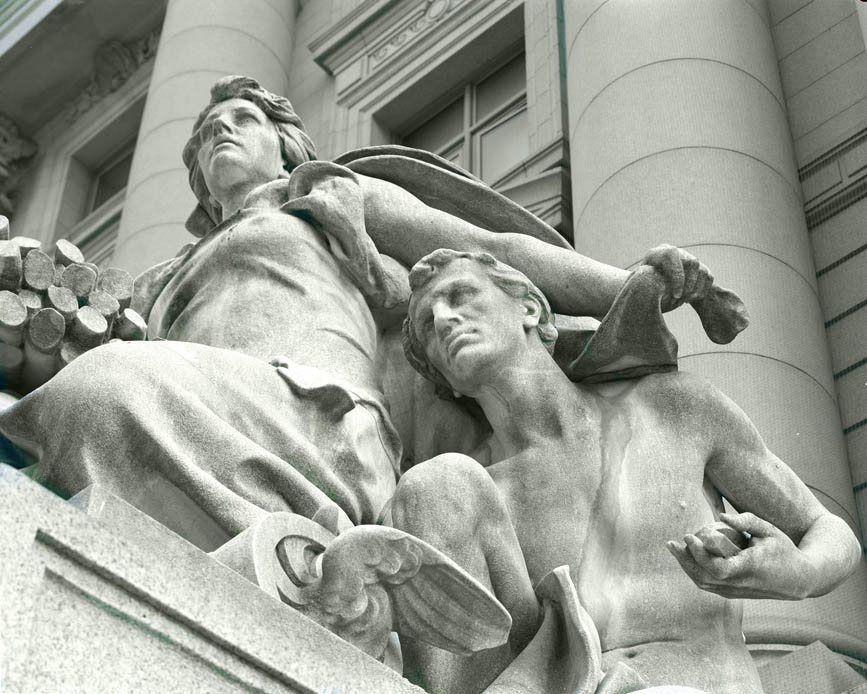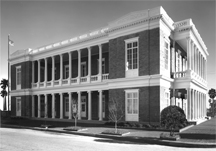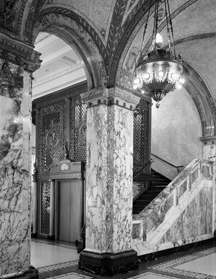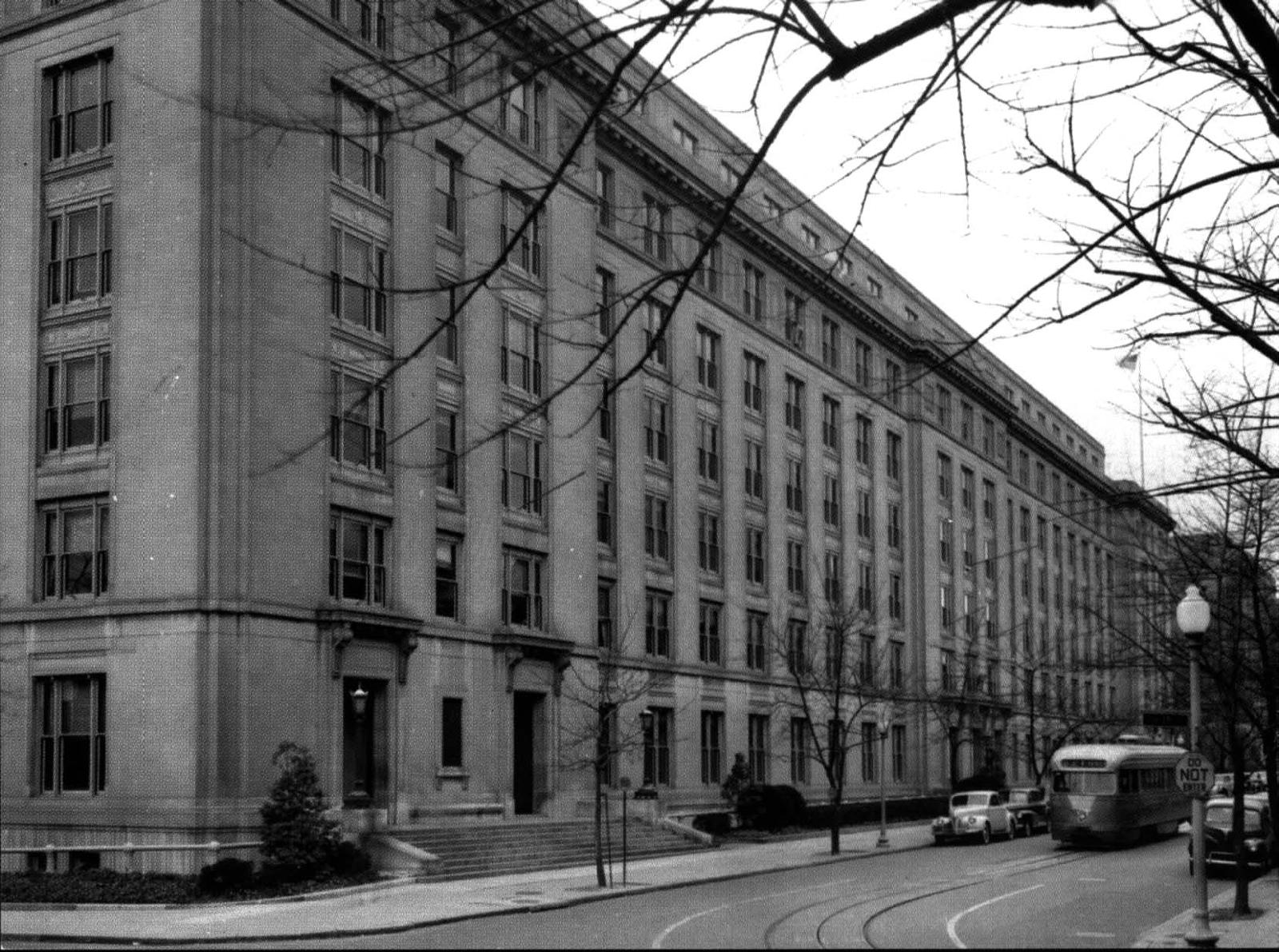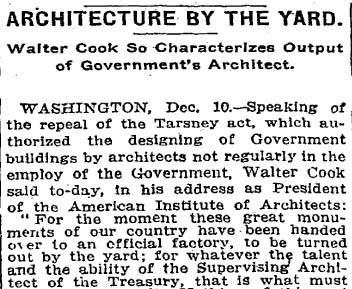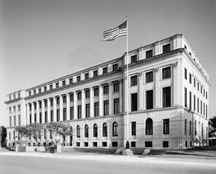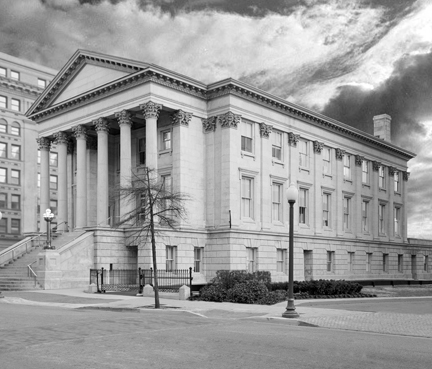
The Tarsney Act was used for the first time to renovate the U.S. Custom House in Norfolk, Virginia.
Passage of the Tarsney Act
Beginning in the 1870s, the American Institute of Architects (AIA) lobbied for the federal government to hold competitions for the design of public buildings. By drawing on the talents of prominent private architects, the AIA argued, the federal architecture program would rise to a higher standard. On February 20, 1893, President Benjamin Harrison signed the Tarsney Act, which authorized the Treasury Department to hold competitions for federal building design.
The actual implementation of the act, however, was delayed for some years, mostly due to reluctance on the part of Treasury officials. AIA responded by exerting its influence on Congress to amend the act. Power ultimately shifted when the Republican Party regained the White House in the election of 1896. In 1897, newly appointed Secretary of the Treasury Lyman J. Gage told the AIA that he would implement the Tarsney Act. Two years later, the AIA moved its headquarters from New York to Washington, which placed it in a better position for future legislative struggles.
Visit the Owen B. Pickett U.S. Custom House, Norfolk, VA.

 U.S. General Services Administration
U.S. General Services Administration
